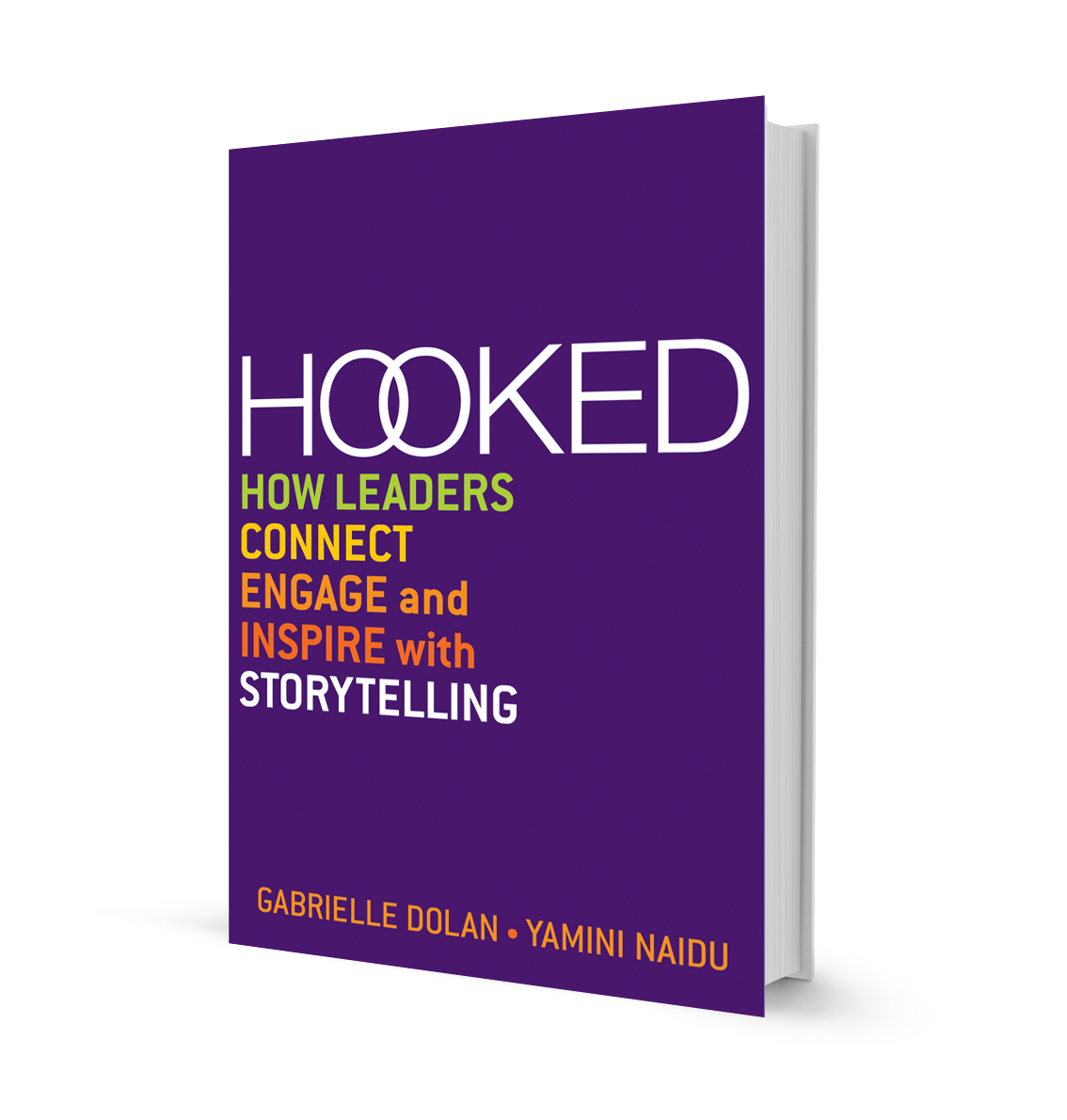Last month I wrote a piece titled Why Innovation Matters to Your Most Important Customers. While this statement is true, it doesn’t always feel that way. In some markets, where the buyer sets the KPIs, tells you what to do and how to do it, and even how much they are prepared to pay, the relationship feels prescriptive; like a boss and staff rather than customer and supplier. Service delivery teams are so focused on delivering day-to-day — and are constantly told that they can’t do anything else, because there’s no money in the contract to pay for it — that innovation feels like it’s unimportant. This, however, couldn’t be further from the truth.
Recently the Federal government held a Red Tape Repeal Day, scrapping more than 9500 regulations and 1000 redundant pieces of legislation. In commenting on this initiative in The Age, Malcolm Maiden pointed out that not all red tape is created externally. We create our own systems and structures to deal with problems and bureaucracy, and don’t always dismantle them when they go away.
In my opinion prescriptive contracts, which contain plenty of red tape, are part of this problem.
Fortunately, buyers in some prescriptive markets are starting to realise that if they prescribe everything, they may not get what they really need — even though they will get what they have asked for.
A good example is the current recommissioning of the mental health and drug treatment sectors in Victoria, which are undergoing wide scale modification to better align service delivery with changes in community problems with drugs and alcohol. Another is the government employment services market, which is highly prescriptive but needs to be flexible to accommodate the broader political agenda and Australia’s economic needs.
If you operate in a prescriptive market, remember that you’re competing for the attention of tired bureaucrats who are wading through dozens or maybe hundreds of submissions that all sound pretty much the same. Behavioural economics theory holds that we tend to give greater weight to highly memorable things (a concept known as vividness). Suppliers who are innovative and who are able to paint a vivid picture of how they will provide solutions to long-standing problems are rightly seen as a breath of fresh air, and are far more likely to be rewarded than those that offer a business as usual approach.


